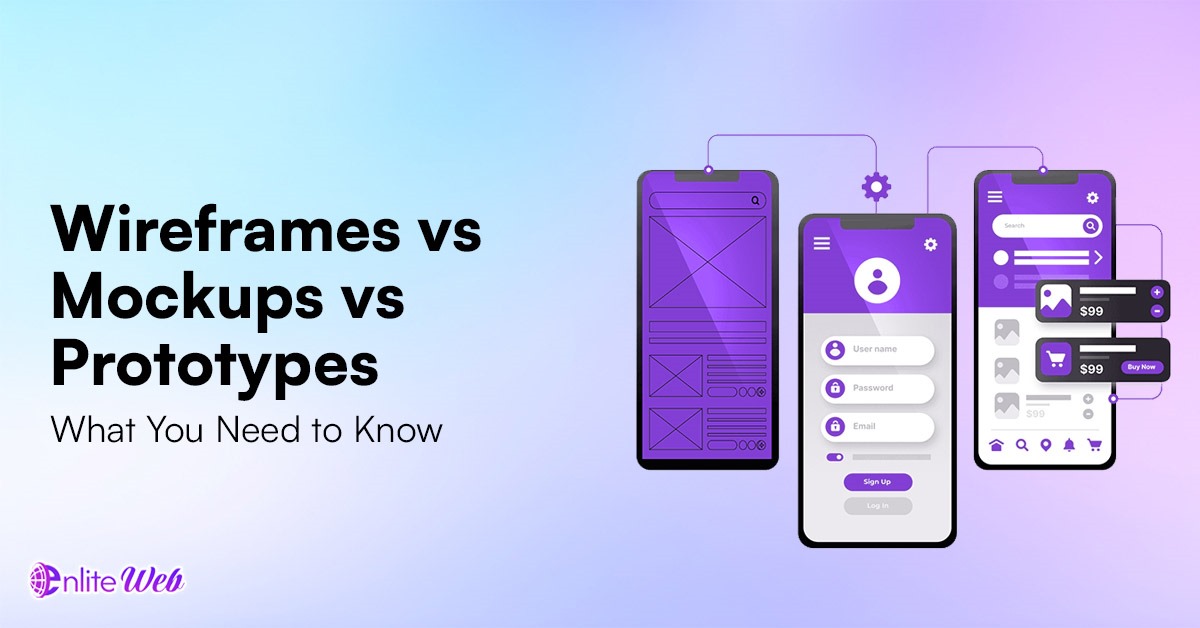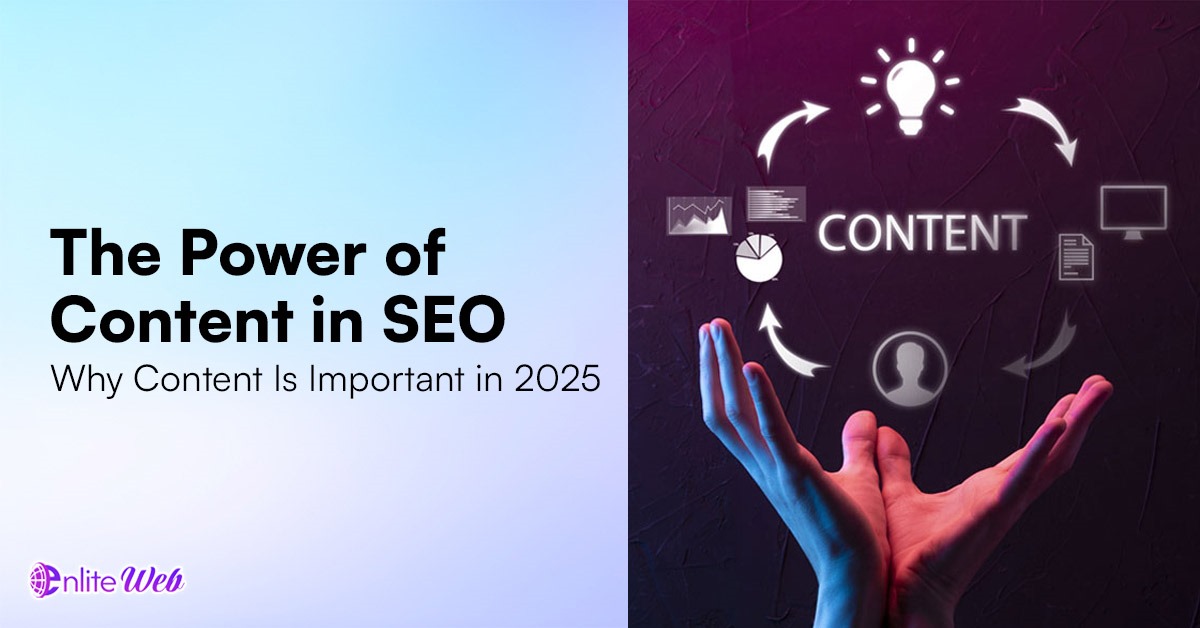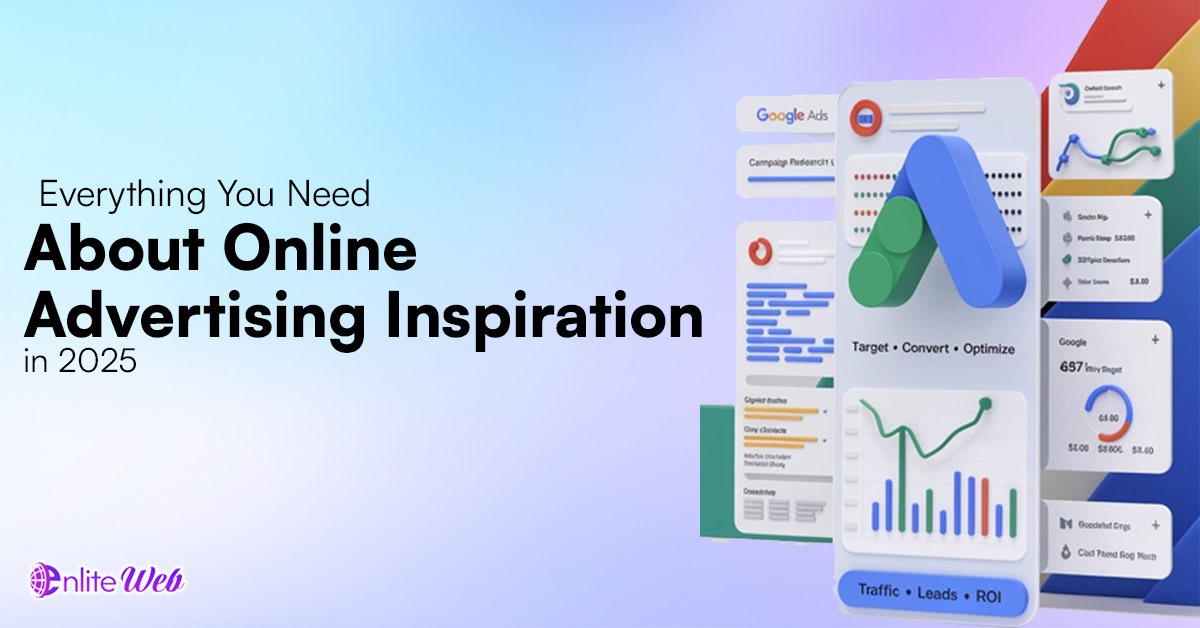An innovative mobile application concept alone will not succeed in today’s fast-moving industry. Creating an app from a great concept represents the primary obstacle since users need an app interface that seamlessly combines simplicity with attractiveness. The majority of worldwide mobile use relies on Android apps which require UI/UX design services to succeed.
What Is UI (User Interface) Design?
Through lack-of-interface design users actively use User Interface (UI) elements to create visible elements inside software programs. Interface components such as buttons and icons with screen organization form the application interface which uses color schemes and typography and visual motion. Several advantages emerge when planning interfaces correctly since these designs produce both pleasing appearance and user-friendly operations that draw customer interest.
What Is UX (User Experience) Design?
User Experience (UX) design creates a holistic impression of the application. User experience encompasses the level of ease users encounter when using the app to carry out tasks in order to reach their objectives. The design of application structure and layout and behavioral elements in UX leads to smooth efficient enjoyable journeys for users.
“Look” represents the core essence of the UI while “feel” defines the essential elements of UX. These components ensure the basic functionality of an effective mobile application.
Why UI/UX Design Matters for Android Apps
Massive Market Reach
The market share of smartphones worldwide belongs to Android. User experience on Google Play demands that functionality is enhanced by an elegant user interface because millions of available apps insist on design quality and smooth navigation.
First Impressions Count
Users make judgments regarding an application during its very first several seconds of usage. Frustrating interface problems together with sluggish operating speed often trigger instant app uninstallation. Users maintain their connection to an app through its excellent design beginning with their initial interaction.
User Retention and Engagement
Quality design produces trust alongside satisfaction between users and applications. User satisfaction during app use leads to higher rates of repeat usage and social sharing and positive review creation.
Key Elements of UI/UX Design in Android Apps
1. Platform Guidelines
The platform standard for Android uses Material Design principles as its design guide. The guidelines of Material Design enable application consistency yet enable developers to make individual modifications between applications. Design excellence enables professionals to develop special applications that adhere to Android design requirements.
2. Responsive Design
All Android devices include different display dimensions and monitoring capabilities. A well-designed UI responds automatically to dimensions of mobile phones and tablets together with foldable devices.
3. Accessibility
Applications designed with inclusion support users who have different abilities in each step of their experience. Inaccessible applications need to include voice command capability as well as color contrast settings and readable font choices and screen reader compatibility features.
4. Navigation Simplicity
A simple design for navigation must always be fundamental for enhancing user experience. Users need careful implementation of hamburger menus and bottom navigation bars with swipe gestures to avoid confusion when navigating through the application.
5. Micro-Interactions
The app produces brief animations which trigger when users take certain actions through the interface. Such small interface reactions work to both grant users a quick response and create pleasant user experiences.
The UI/UX Design Process for Android Apps
Various steps exist during the process of producing superior Android applications. Standard UI/UX service work progresses according to this typical pattern:
1. Research and Discovery
Understanding the market trends along with the target audience and competitors takes place during this phase. Designers earn user information by interviewing people and collecting survey data and performing analysis of user data to identify user challenges and expectations.
2. Wireframing
The app layout appears as basic structural outlines through wireframes. These diagrams present the positions of all elements and share information about screen connectivity. Structure development takes place at this stage without design refinements.
3. Prototyping
The app’s interactive model functions as a prototype. The app testing feature enables stakeholders together with users to experience the system functions prior to starting the development process. Testers use prototypes to identify poor user experiences while confirming the pathway users will follow through the system.
4. Visual Design
The application interface development takes place within this stage. The visual composition enhances its strength through icons along with imagery and fonts that follow branding guidelines. Integration of innovative designs must accomplish operational effectiveness within the work of designers.
5. User Testing
The design process exposes real users to conduct tests that gather their feedback. User interface and navigational issues that developers normally overlook get detected during the testing phase. Development of the app requires multiple modifications based on user assessment results.
6. Handoff to Development
The design assets proceed to developers after completion through specified deliverables. Project collaboration remains smooth through the use of Figma and Zeplin along with Adobe XD as design tools.
Best Practices in Android UI/UX Design
Stick to Familiar Patterns
Users already have experience with design patterns including back buttons together with swipe gestures and floating action buttons. When working with standard patterns users already understand you reach higher usability which means they will not need to learn everything from scratch.
Prioritize Speed and Performance
Performance-enhancing animated and visual elements are preferable to those which slow down operation. The application speed declines when you use heavy graphics which creates an inferior experience for users.
Minimize Input
Using small screens to type will cause frustration for most users. Reduction of user effort should be achieved through smart defaults and dropdown interfaces and auto-completion features.
Feedback Is Key
Users need immediate feedback for all their system interactions which include button clicks and form submittals as well as waiting or loading processes. The system both enhances users’ self-assurance and decreases their doubt about the interactions.
Custom UI/UX Design Services: What to Look For
The following characteristics should be present when you hire a design service for your Android application:
1. Portfolio of Android Work
People experienced with Android platform development will recognize the specific challenges faced by users and Android devices. Ask for previous Android-specific projects.
2. User-Centric Approach
The design agency needs to take user feedback together with behavior analysis and testing as their top priority when they design user-friendly interfaces.
3. Agile Collaboration
The tasks of design and development should occur simultaneously. The practice of having a responsive design group which works well with developers enables projects to avoid delays and enter the market quickly.
4. Adaptability
Mobile design trends presently undergo dramatic changes as the present context demands. The chosen team must maintain current knowledge of both recent Android platforms and modern design tools as well as new development procedures.
Common Mistakes to Avoid in Android App UI/UX
Design flaws will cause the failure of even the most innovative concepts. These mistakes will lead to the failure of even the best ideas:
- User interfaces that have excessive amounts of information will overwhelm users within them. Use white space strategically.
- A user experience suffers from interface disruptions because of design elements that vary in style between different parts of the system.
- Decisions that fail to comply with actual user requirements will result from disregarding user feedback.
- The app becomes unusable if navigation becomes too difficult for users to discover features because they will uninstall it.
Future of Android UI/UX Design
- The development of Android UI/UX moves forward according to these elements:
Voice-based interface commands connected to artificial intelligence enable users to navigate everything using voice commands through VUI.
-
- AR/VR Interfaces: Mobile interfaces gain new immersive levels from augmented reality and virtual reality systems.
- Dark Mode Optimization: Design professionals should develop interfaces that operate in either light or dark mode to satisfy consumers who prefer dark mode.
- Gesture-Based Navigation: Traditional buttons have become less prevalent as swipe and motion gestures establish themselves to deliver more seamless user operations.
Final Thoughts
The true objective of UI/UX design in building Android applications includes developing stable interfaces while providing easy yet pleasing user experiences which address customer needs. Any organization from startup to enterprise should invest in professional UI/UX services to guarantee their Android app advances beyond survival in the market to true market dominance.
User success is achievable through both best practice compliance and talented designer engagement along with end-user focus which establishes long-term application success.




